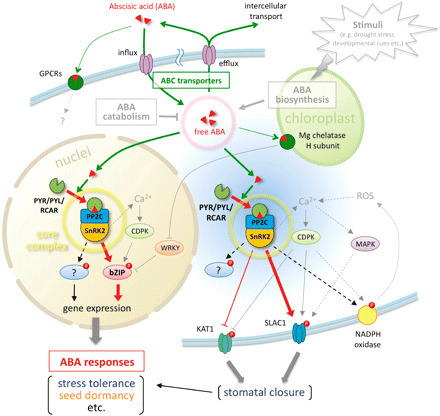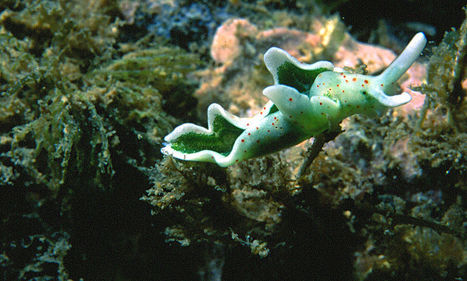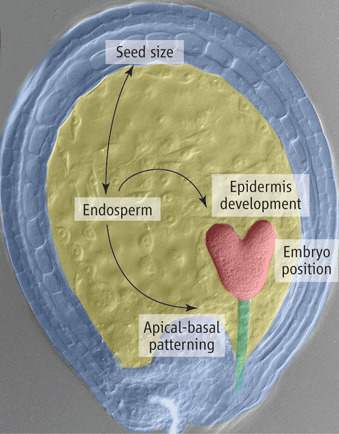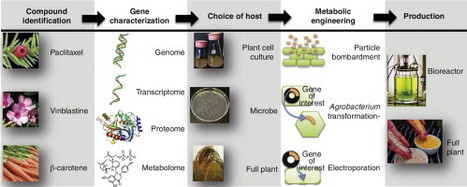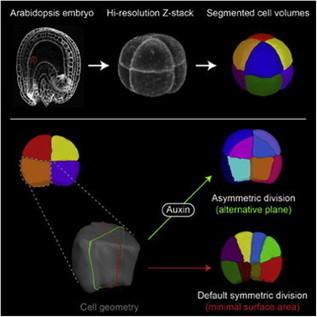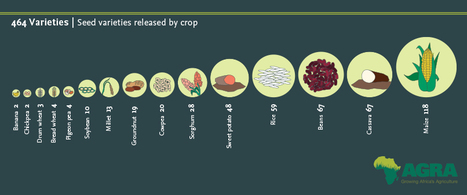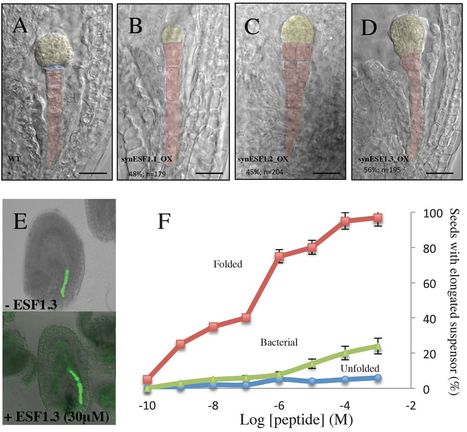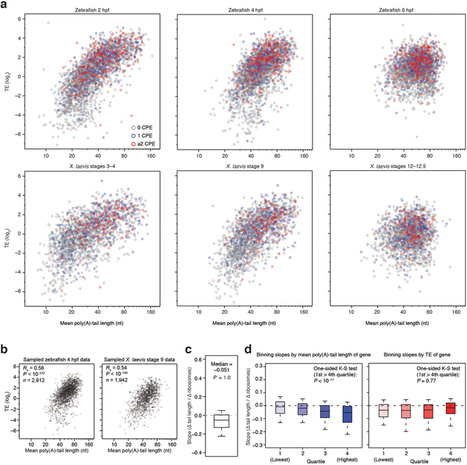Follow, research and publish the best content
Get Started for FREE
Sign up with Facebook Sign up with X
I don't have a Facebook or a X account
Already have an account: Login
 Your new post is loading... Your new post is loading...
 Your new post is loading... Your new post is loading...

Dr Laura Vickers's curator insight,
May 7, 2014 10:03 AM
Very good paper reviewing the literature and current thinking of ABA signalling, those keen eyed #bio398 will see this referenced in the slides from the 3rd workshop

The Sainsbury Lab's curator insight,
April 28, 2014 4:20 AM
When a plant cell divides, four related proteins control the trafficking of vesicles and ensure that cargo that is normally recycled to the plasma membrane is instead re-routed to the plane of cell division. |
|






